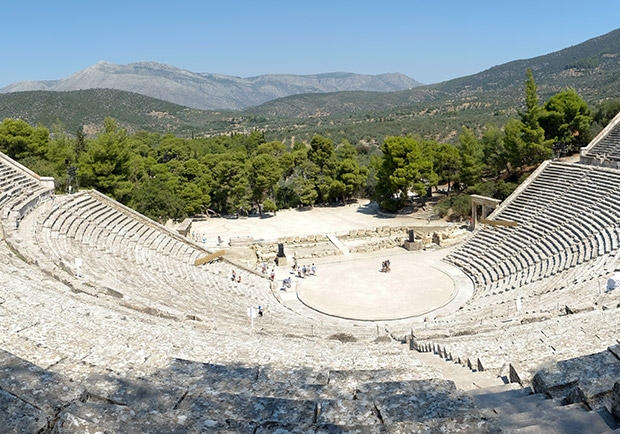Fotis Kontoglou paints the wall of his house
TweetIn 1923 the young painter and writer Fotis Kontoglou (1895-1965) visited Mount Athos for the first time. A year later, in 1924, he held his first exhibition in Athens, at the Lyceum of Greek Women, with copies of frescoes and icons. The message of "return to tradition" based on Byzantine and folk art gradually dominated the work of the painter and writer, who was born in Aivali, studied painting in Athens and Paris, but from the mid-1920s, he willfully turned to the study of Byzantine painting.
In this framework, of crucial significance was the painting of a mural on one of his house walls, with the assistance of his students Nikos Engonopoulos and Giannis Tsarouchis, in 1932. In this mural, painted in the Byzantine style, Kontoglou depicted writers and painters he admired (Homer, Plutarch, Manuel Panselinos, Domenicos Theotokopoulos, etc.) but also scenes from exotic places (The Happy Konek-Konek, The Cannibals of the Caribbean, Fakir of India, etc.), found in his influential books, Pedro Kazas, Vasada, Astrolavos, etc. The mural is a personal iconography that, at the same time, constitutes a kind of "manifesto" for the shift of Greek painting towards the Byzantine tradition, which Kontoglou first studied in Athos.


